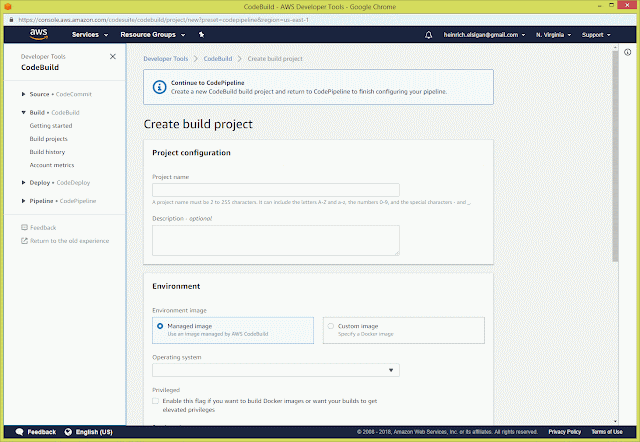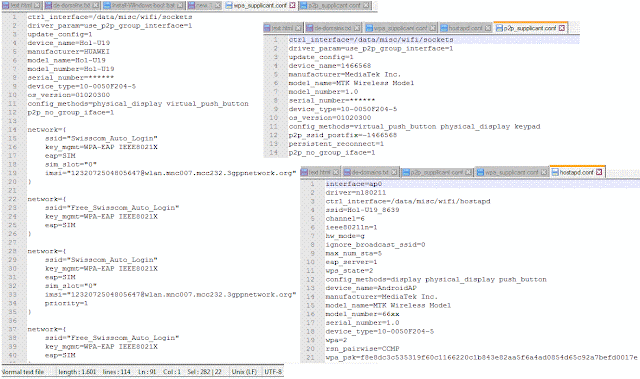Aufgrund nächtlicher Schlafstörungen recherierte ich ein wenig, denn für ein komplett neues android system image kompilieren, war ich trotzdem viel zu müde.
Dabei fand ich diese netten IBM Security Produkte und noch ein par andere Dinge:
IBM's still alive
IBM Security Trusteer Mobile SDK
Hier gibts so ein trusted mobile device (andoid, iphone, tablet) SDK (Software Development Kit), das Kompromittierungen (root, hacked, jail-breaked, untergeschobene root-CAs um SSL aufzubrechen und evtl. Staatstrojaner und ähnliches erkennt). Jedenfalls sollten Entwickler damit sicherere verteilte Anwendungen für Cloud u.s.w. hochverfügbar implemetieren können:
https://www.ibm.com/products/trusteer-mobile-sdkMobile device management (MDM) solutions
Das hier ist auch so eine mobile security Geschichte, die mobile Geräte Sicherheit der Mitarbeiter garantieren will. Also so kein "Nachhause-Telefonieren" durch irgendwelche untergejubelten Drittanbieter Apps, klassische End-2-EndPoint Secuirty, u.s.w.
https://www.ibm.com/security/mobile/mobile-device-managementIBM Security Products (case study fraud detection)
Dann zeigt IBM weiter noch, dass es auch eine standardisierte Fraud detection (wahrscheinlich generisch erweiterbar) kann! Ich schätze diese Fraud Detection Engine geht wahrscheinlich über Insolvenzregister, KSV, Casinosperre, Standardbonitätabfragen und dubiose exotische Prepaid oder sontige WireCreditCards hinaus und lernt kontinuierlich (à la Virenscanner):
https://www.ibm.com/security/productsnomachine.com
Zu guter letzt fand ich noch einen sicheren Terminal-Server (diesmal nicht IBM, den sich auch mal wer ansehen könnte):
https://www.nomachine.com/product&p=NoMachine%20Enterprise%20Terminal%20ServerGehe jetzt wieder ins Bett, gute Nacht / guten Morgen.





























